The People
Behind the Policies
Penn GSE alumni from across the academic spectrum have advised politicians, worked in the White House and the statehouse, and spurred change in our nation’s schools and universities thanks to their evidence-backed expertise in education policy.
By Lini S. Kadaba
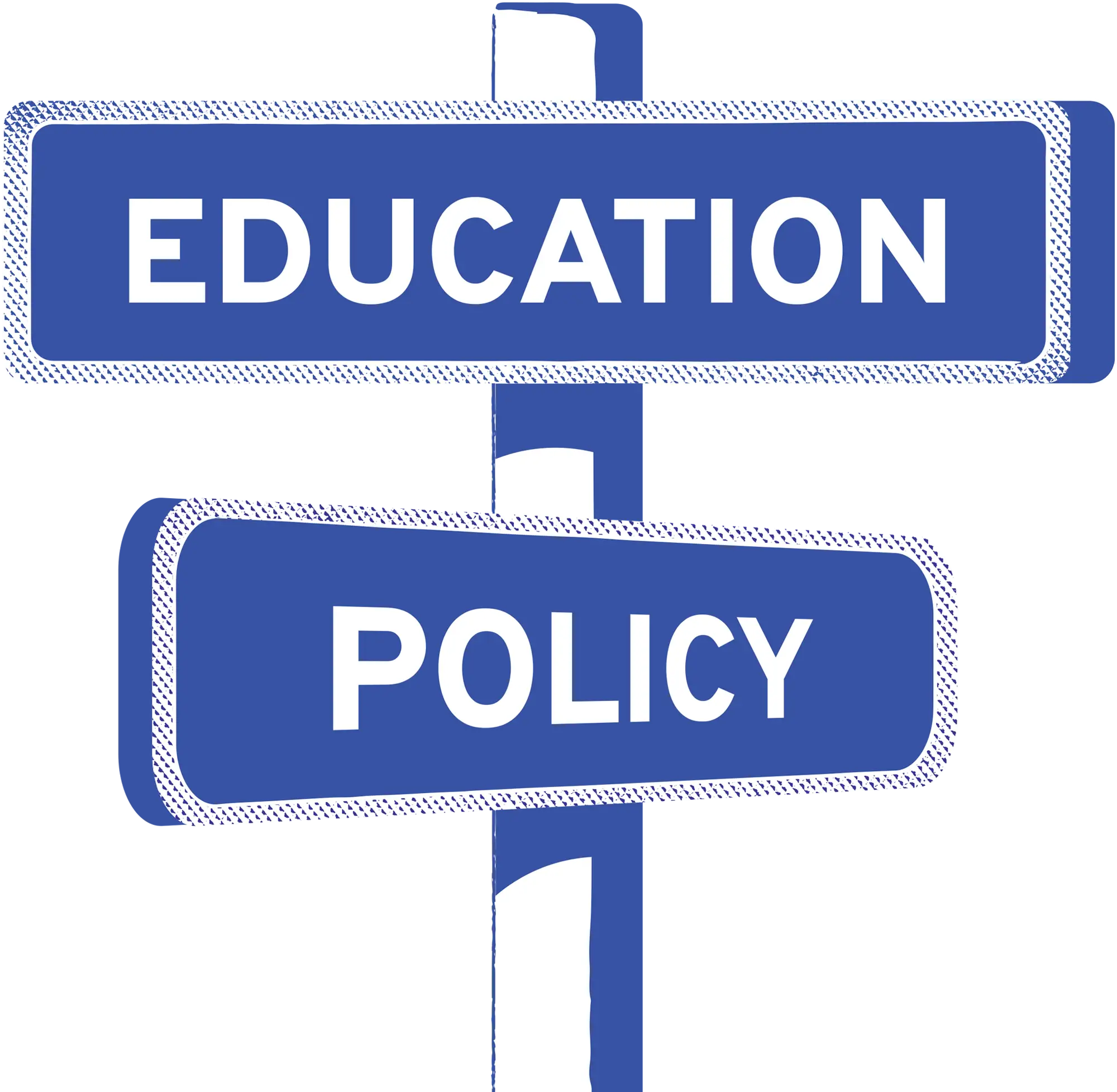
Illustration credit: Jyoti Poonia, GED’25
s a high schooler, a precocious Zakiya Smith Ellis, GRD’16, printed out the entire No Child Left Behind Act of 2001 on her home computer and read it.
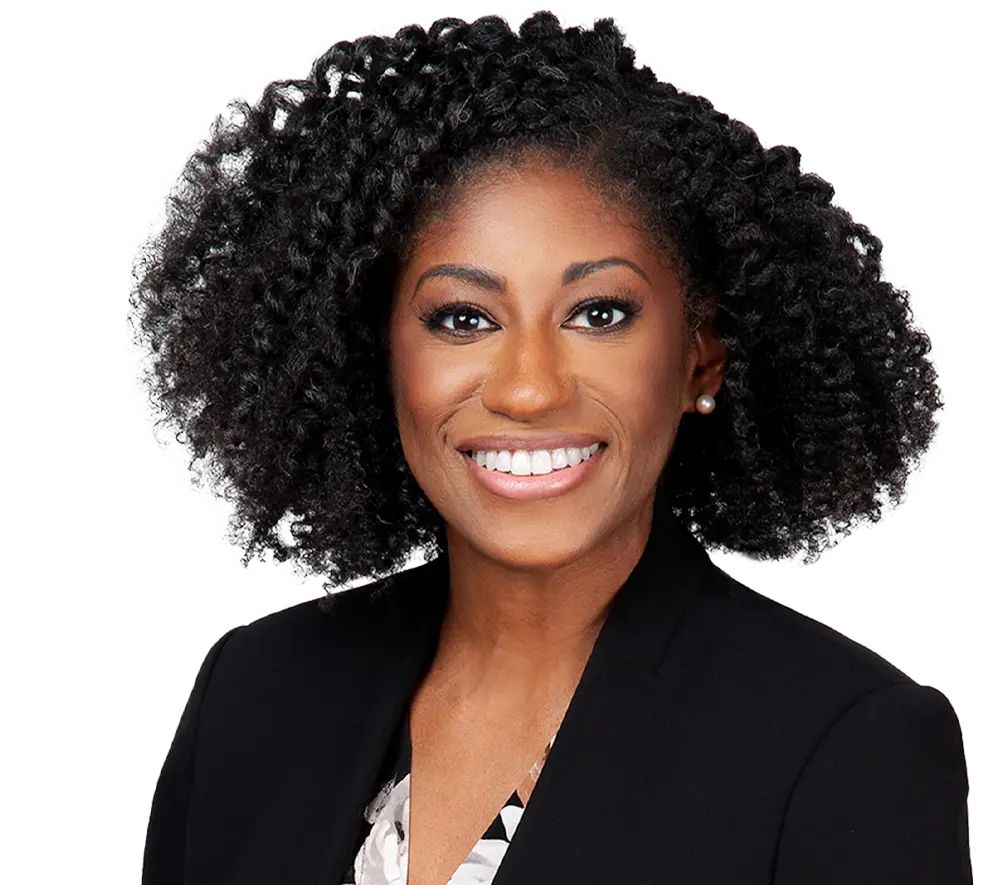

So began her interest in the intersection of education and policy—and, ultimately, her life’s work, with an eye toward creating greater equity. Currently, the Atlanta-area resident is a principal at EducationCounsel, a Washington, DC, consultancy that collaborates with policymakers, foundations, and nonprofits to advance evidence-based educational ideas through the legislative process.
Early on, Ellis toiled long hours for the Bush and Obama administrations, including in the White House, and focused on increasing access to Pell Grants. The behind-the-scenes labor that is policy work demands a certain tenacity, she shared. “You can work on something for years and years,” Ellis said. “Even when it becomes law and is announced, no one says, ‘Thank you, Zakiya.’ You have to be comfortable that you don’t get the public credit.”

That question drives many GSE alumni into the world of policy. Like Ellis, other graduates have used their advanced degrees—and the deep expertise they confer—to create significant change in K–12 and higher education. They have helped research and formulate bills on student aid and debt, vocational training, and STEM education as well as develop state and city initiatives. They also have used their training to launch a state’s first charter school, co-found a STEM research center, train teachers as policy advocates, and certify students as community organizers.
ake Rosa M. García, GRD’15, executive director of the California-based national Community Learning Partnership (CLP) and its statewide initiative, the California Youth Leadership Corps (CYLC). The first-generation college student and daughter of Mexican immigrants said she views a college education as the “great equalizer” and has seen the doors that it can open.
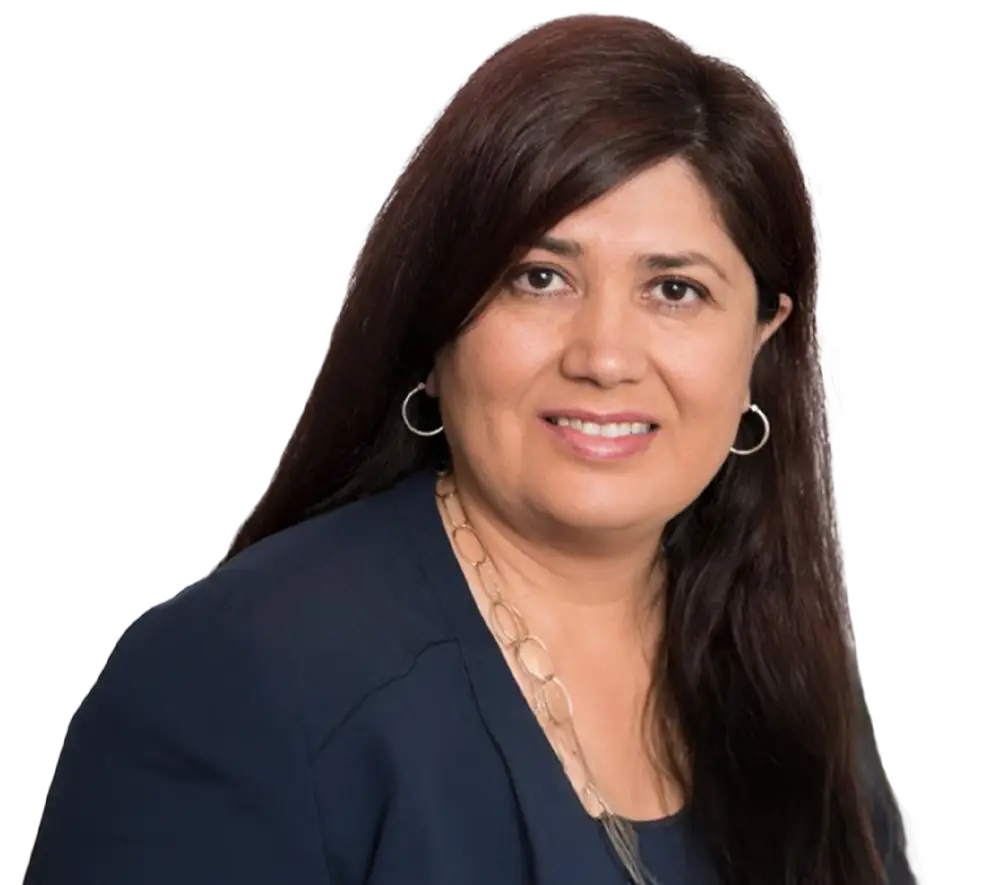

“I do this policy work as a way to give back to historically marginalized students,” she said, “to create systemic change in higher education and local communities.”
Throughout her career, the Oakland, California, resident has advocated for greater access to a high-quality college education and policies promoting affordability, equity, diversity, student success, and an inclusive democracy. She’s worked in college admissions, at the Hispanic Association of Colleges and Universities, on the Hill, and for the Center for Law and Social Policy (CLASP), a national nonprofit organization that advances policy solutions for people with low incomes.
In California, CLP-CYLC partners with two-year public colleges to offer learn-and-earn career pathways and paid fellowships for students to train as community change agents in the areas of climate justice, public health, community-based immigration legal services, leadership, and social change, among others. CLP’s growing national network of affiliated programs has more than 1,000 alums, García said. “We really want our graduates to see themselves as transformational leaders who are going to tackle some of the most pressing issues of our time,” she said.

One reason the program succeeds, according to García, is its cohort model—influenced in good part by her GSE experiences, where she pursued her doctorate in higher education management. “Being part of a community of learners, learning from your peers, experiencing pathways together is extremely valuable and supportive of students’ success overall,” she said, listing tenets of both her graduate education and of CLP. “It also was about transformational leadership.”
As she delved into “understanding how to put good policy ideas into practice” in her studies, García worked for former US Rep. Rubén Hinojosa of Texas, advancing his agenda as senior policy advisor in 2012. During the Obama administration, she collaborated with caucus and committee staff to secure $2.55 billion in funding for Hispanic- and minority-serving institutions to expand STEM education while serving in Rep. Hinojosa’s office. García rose to deputy chief of staff before joining CLASP, where she generated recommendations to reform the Higher Education Act.
“At Penn GSE, I developed a deep expertise,” García said, helping her find ways to “do better by students and faculty and university and college communities.”
aura Boyce, GED’09, also found her passion for policy through personal experience. After graduating from Princeton University with a degree in public and international affairs and a teaching certificate, the Philadelphia resident pursued her master’s in education policy while teaching high school history and English in West Philadelphia.
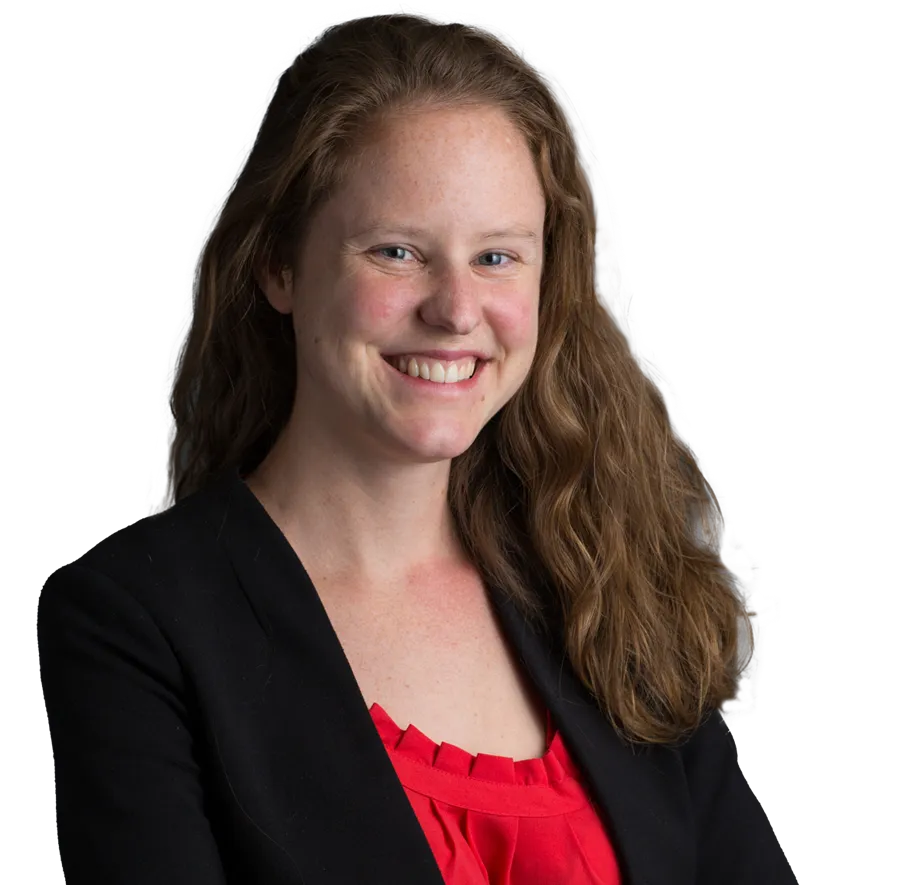

“I didn’t see opportunities for me to do anything except express frustration,” she said.
Then in 2017, Boyce left the schoolhouse to become executive director of Teach Plus Pennsylvania, part of a national nonprofit that trains teachers to be leaders in classroom instruction and policy change. “Now I’m finally working in educational policy,” she said, “and using my degree.”
In 2020, Boyce expanded Teach Plus Pennsylvania’s programs, bringing its popular policy fellowship to the state. Over 10 months, a few dozen K–12 teachers each year are trained in the nuts and bolts of how a bill becomes law, where power is held, how to write op-eds, and, perhaps most important, how to tell a story around an issue to advance legislation.

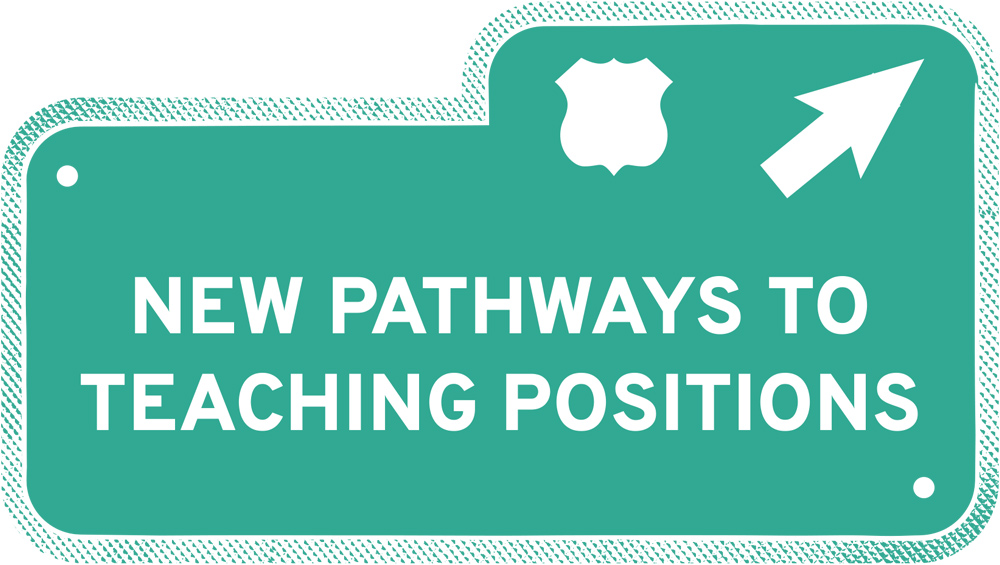
“We see so many examples of well-intentioned polic[ies] that have unintended consequences or end up causing harm,” she said. “We believe those closest to the impact of policy should always have a seat at the table.”
In recent years, fellows have worked on diversifying the teacher workforce by getting bills passed to collect data, offering stipends to student teachers, allowing noncitizens (such as “Dreamers”) to earn certification, and creating new vocational education pathways to teaching careers.
Even though Boyce said she would have liked to have learned more about the nitty-gritty of the political process during her time at Penn GSE, she credited her graduate program with hammering the importance of solid research undergirding the best policy—the approach Teach Plus takes. “We really focus on bringing that teacher perspective,” she said, “along with evidence-based solutions.”
n 2002, Glenn Cummings, GRD’10, a former history and economics high school teacher and community college dean, made his first foray into policymaking. He won a seat in the Maine House of Representatives. “I always wanted to be part of the solution,” he said.
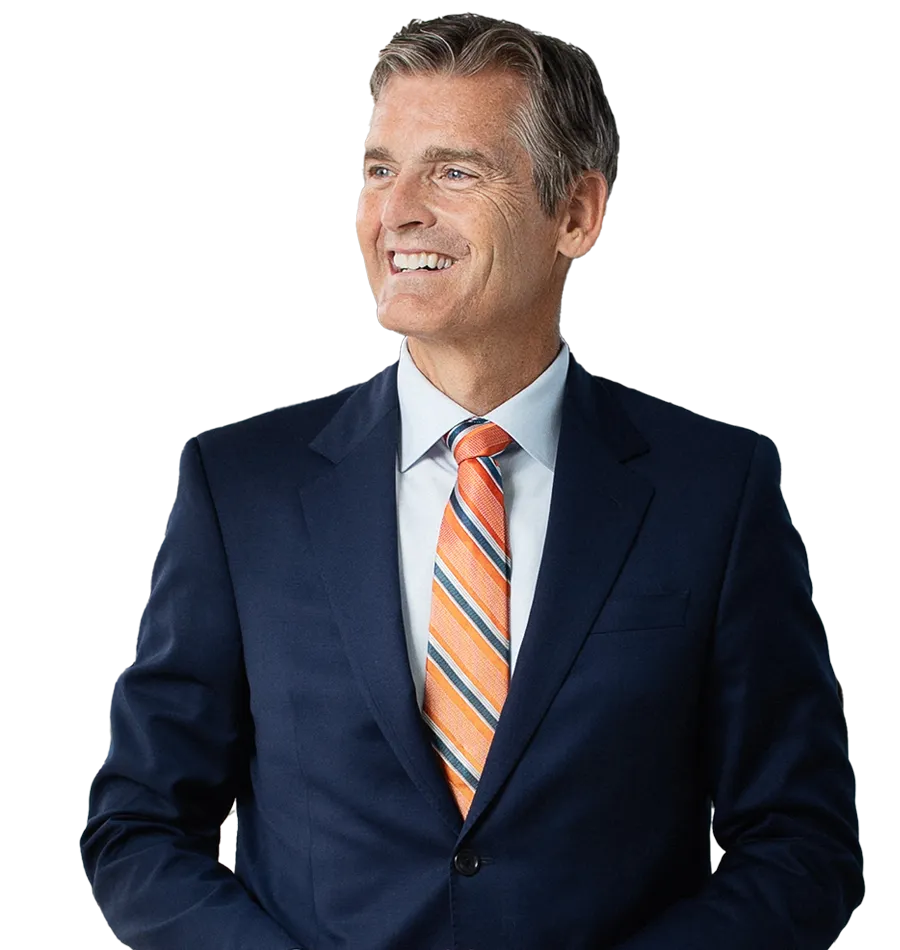

“It was just perfect,” he said. “There was a tremendous amount of synergies between learning the theory and the real-world case studies and using that to help enhance my baseline knowledge when I was working in politics.”
Cummings’ ultimate goal was a college presidency—where he hoped to influence outcomes. After helping found the state’s first charter school, he became president in 2015 of the University of Southern Maine, where he added dorms and an arts center to the Portland campus and improved retention rates.

“Penn got me thinking, in advance, what are the ways you can leverage and be effective as a college president,” said Cummings, who, since 2022, has led the Portland-based Albert B. Glickman and Judy Glickman Lauder Family Foundations, which is focused on supporting the arts and mental health programs. “It got you to think about mission and what is the story of a university.”
hile Kendrick B. Davis, GEN’14, ML’17, GR’18, now works as a research associate professor of education at the University of Southern California (USC), he had different goals earlier in his career.
“It was about making a difference and spending the least amount of time getting to the place where that could happen,” he said.


“The district was in a tailspin,” he said. “It was cuts and consolidation.” At one presentation, he said, he asked some students whether they had learned about the day’s topic in class. “They said, ‘Mister, we don’t have a science teacher.’”
Davis was stunned. With the help of partnerships to fill funding gaps, he committed to expanding STEM initiatives and helping start a districtwide STEM Awareness Week to highlight district efforts, a deans’ roundtable with area engineering schools, and a STEM fair. He also helped design the district’s first STEAM academy—with the added “A” incorporating the arts. That led to a position in the mayor’s office to do similar work citywide, with a focus on vocational STEM education that could lead to better-paying jobs, even as he earned his doctorate.
The degree gave him the expertise to win a congressional fellowship and work for then–Sen. Kamala Harris on student debt and workforce development legislation, including the 21st Century STEM for Girls and Underrepresented Minorities Act.

Now, Davis has found another path to impact policy: research. A new USC STEM center he co-directs looks to transform STEM teaching and learning in K–12 and higher education.
“Our goal is to be a hub for research, practice, and innovation,” he said, “focused on reimagining, improving, and sustaining high-quality STEM practices.”
He’s counting on his background in the trenches of Philadelphia and Washington to enact real change. “No one teaches you how to turn your research outcomes into federal policy,” he said. “That process is mysterious and murky. It’s best done when you get practical experience.”
When success arrives, the result can be joyous—not only for those individuals who benefit but also for the policy nerd who did the research or shepherded the legislation.
Ellis, the former New Jersey Secretary for Higher Education, got the rare satisfaction of witnessing the effect of a policy change up close. A student who worked two jobs and lived out of his car to afford community college saw his tuition balance fall to zero when New Jersey’s free-tuition policy became law. He told her he couldn’t believe it and was beyond grateful.
“We were able to create a program that helped a lot of people,” Ellis said. “That was really, really meaningful.”